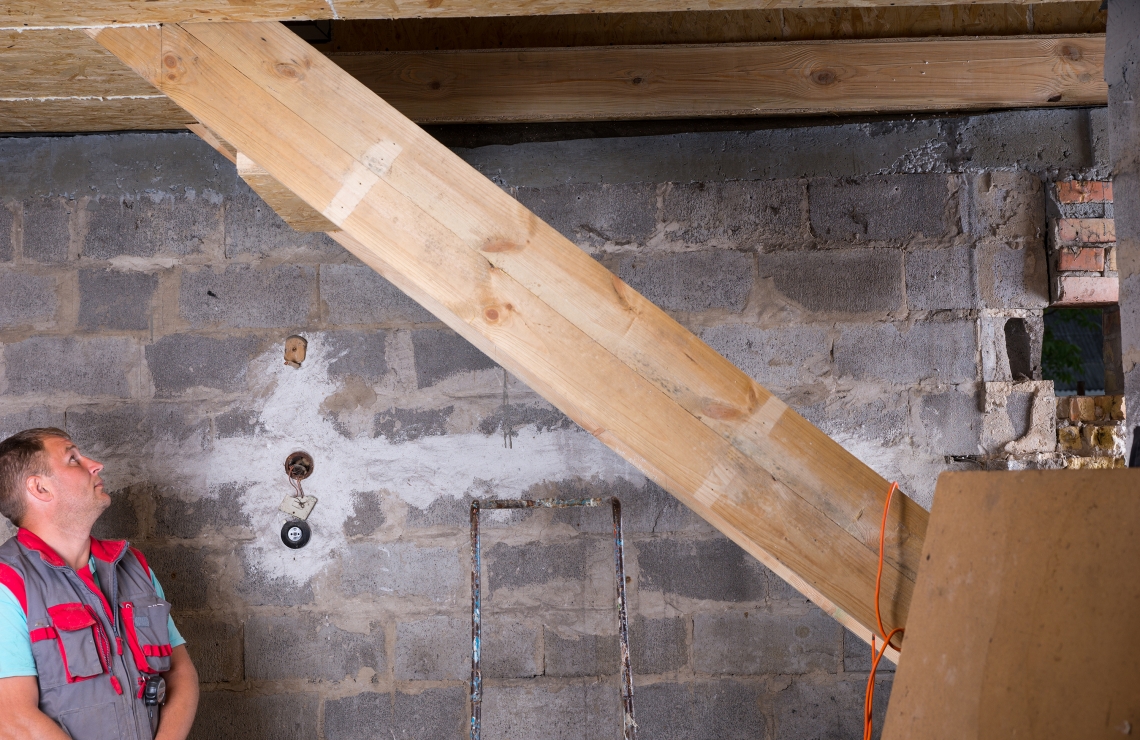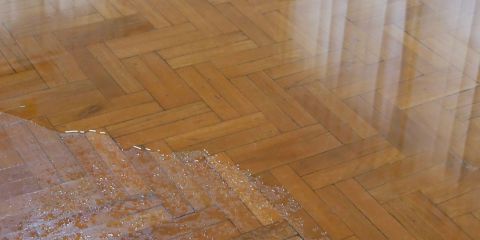2017
An Ounce of Prevention: Inspect Your Basement in the Summer, Earn a Dry Winter

With owning a home, an ounce of prevention can be worth a lot. Knowing what to look for in the summertime in your basement to avoid potential leaks can prove to be incredibly helpful to avoid the headaches of dealing with a basement leak in the winter. The first step is learning how to identify any potential hidden hazards with a basement and to learn how to tell the difference between dampness, leaks, and wetness or damage from a previous flood.
Water stains on the walls and floors of the basement can have a number of causes, such as overflowing appliances, or a more serious problem like water seepage. A steady yellow-brown water line running along a floor or wall could indicate previous issues with flooding. Musty and damp odours are another potential sign of issues in the basement – as they may be caused by moisture. These odours may indicate that the basement may have seepage problems and are worth looking into further.
Mould and other obvious deposits on the walls, such as efflorescence can be a fairly obvious sign of moisture in a basement, whether from leaks or otherwise. These issues, mould especially, can cause serious structural damage and so should not be ignored.
Exterior cracks in the foundation of a home may be difficult to spot in the winter months, but the summer provides a good time for an inspection of these areas. Additionally, interior foundation cracks can be seen by looking into unfinished areas such as crawlspaces.
When the weather is dry and warm in the summertime, homeowners have a chance to do a thorough inspection of their basements to detect any potential issues with leaks or moisture which may cause structural damage to their homes. It is important to inspect for water stains, mould or other deposits, and cracks or damage to the foundations both in and outside of the house.
